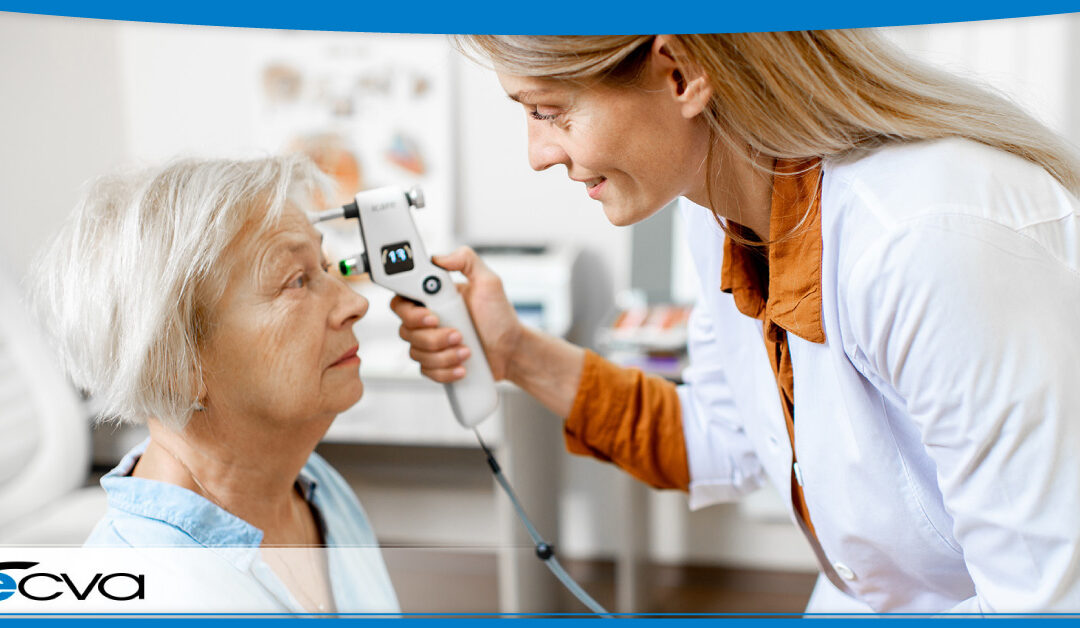
by ecvaeyeadminz | Feb 8, 2024 | Eye Health
Macular degeneration is an eye condition that leads to visual distortions and potentially permanent central vision loss. Often, it’s a devastating diagnosis initially, but there are treatments available that can help preserve vision and slow further...

by ecvaeyeadminz | Nov 22, 2023 | Eye Health
Vision correction surgery began making headlines in the 1980s and 1990s. It generated excitement as people learned they may have a path to see clearly without needing corrective lenses, including prescription glasses or contacts. LASIK (laser-assisted in situ...

by ecvaeyeadminz | Oct 20, 2023 | Eye Health
Diabetic eye disease like diabetic retinopathy can permanently alter a person’s vision, leading to vision loss or, in severe cases, blindness. With diabetic retinopathy, the blood vessels in the eye weaken. At times, that can lead vessels to bulge and leak, and the...

by ecvaeyeadminz | Sep 21, 2023 | Eye Health
Some eye conditions are related to specific genetic markers. As a result, these eye conditions can be inherited. By understanding what conditions have genetic factors, it’s easier to anticipate your risk of developing them. In turn, it can help you take a more...

by ecvaeyeadminz | Aug 28, 2023 | Eye Health, Glaucoma
Glaucoma, often called the “silent thief of sight,” is a group of eye conditions that damage the optic nerve, leading to progressive vision loss and even blindness if left untreated. It is one of the leading causes of irreversible blindness worldwide....

by ecvaeyeadminz | Aug 24, 2023 | Eye Health
The start of the school year is on the horizon, so many households are taking the time to get ready for the upcoming academic year. One critical part of that equation is a back-to-school eye exam, ensuring children are able to see clearly when they’re in class....







